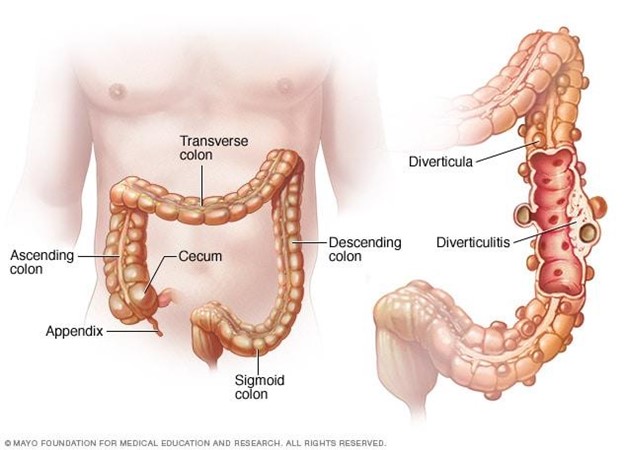A nurse is preparing to start an IV infusion of Lactated Ringer's for a client who sustained a burn injury. The client is prescribed 5,200 mL of fluid over the first 24 hr. How many milliliters of fluid will the client receive in the first 8 hours? Record your answer.
The Correct Answer is ["2600"]
The total fluid prescribed is 5,200 mL over 24 hours. We need to calculate how much fluid the client will receive in the first 8 hours.
Step-by-Step Calculation:
Step 1: Determine how much fluid is given in the first 8 hours. The rule is that half of the total fluid is administered in the first 8 hours.
- Total fluid = 5,200 mL.
- Fluid for the first 8 hours = Total fluid ÷ 2.
Write it out:
5,200 ÷ 2 = 2,600.
Result: 2,600 mL.
Nursing Test Bank
Naxlex Comprehensive Predictor Exams
Related Questions
Correct Answer is D
Explanation
Choice A Reason: Increasing protein from red meat is not part of client education, as it can worsen the condition and increase the risk of complications. Red meat is high in fat and low in fiber, which can cause constipation and increase the pressure in the colon. Diverticulosis is a condition where small pouches or sacs form in the wall of the colon due to weak spots or increased pressure.
Choice B Reason: Decreasing fluid intake is not part of client education, as it can worsen the condition and increase the risk of complications. Fluid intake should be increased to prevent dehydration and promote bowel movements. Diverticulosis can cause abdominal pain, bloating, cramping, and changes in bowel habits.
Choice C Reason: Incorporating soft foods that are pureed in consistency is not part of client education, as it can worsen the condition and increase the risk of complications. Soft foods are low in fiber and can cause constipation and increase the pressure in the colon. Diverticulosis can lead to diverticulitis, which is inflammation or infection of the pouches or sacs.
Choice D Reason: This is the correct choice. Increasing dietary fiber is part of client education, as it can improve the condition and prevent complications. Fiber helps soften the stool and reduce the pressure in the colon. Diverticulosis can be managed by eating a high-fiber diet, drinking plenty of fluids, exercising regularly, and avoiding straining or holding stools.

Correct Answer is C
Explanation
Choice A Reason: This choice is incorrect. Inability to read is not a finding that the nurse should expect in a client who has meningitis, but rather a possible finding in a client who has a stroke or a brain tumor. Meningitis does not affect the language or cognitive functions, but rather the meninges or the membranes that cover the brain and spinal cord.
Choice B Reason: This choice is incorrect. Bruising around the eyes is not a finding that the nurse should expect in a client who has meningitis, but rather a possible finding in a client who has a basilar skull fracture or a head trauma. Meningitis does not cause bleeding or bruising, but rather inflammation and infection of the meninges.
Choice C Reason: This is the correct choice. A throbbing headache is a finding that the nurse should expect in a client who has meningitis, as it is one of the most common and characteristic symptoms. A throbbing headache is caused by increased intracranial pressure and irritation of the meninges due to inflammation and infection.
Choice D Reason: This choice is incorrect. A heart rate of 50 is not a finding that the nurse should expect in a client who has meningitis, but rather a possible finding in a client who has bradycardia or a slow heart rate. Meningitis does not affect the heart rate, but rather the temperature and blood pressure. The nurse should expect to see fever and hypotension in a client who has meningitis.
Whether you are a student looking to ace your exams or a practicing nurse seeking to enhance your expertise , our nursing education contents will empower you with the confidence and competence to make a difference in the lives of patients and become a respected leader in the healthcare field.
Visit Naxlex, invest in your future and unlock endless possibilities with our unparalleled nursing education contents today
Report Wrong Answer on the Current Question
Do you disagree with the answer? If yes, what is your expected answer? Explain.
Kindly be descriptive with the issue you are facing.
